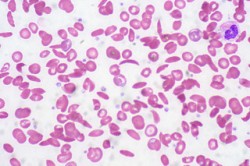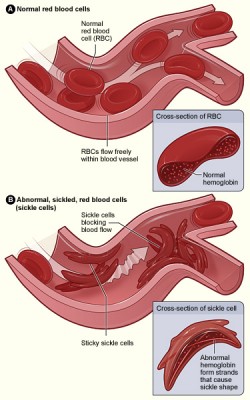“Preparations of the Cannabis sativa plant have been used to analgesic effect for millenia, but only in recent decades has the endogenous system responsible for these effects been described.
The endocannabinoid (EC) system is now known to be one of the key endogenous systems regulating pain sensation, with modulatory actions at all stages of pain processing pathways.
The EC system is composed of two main cannabinoid receptors (CB1 and CB2) and two main classes of endogenous ligands or endocannabinoids (ECs).
The receptors have distinct expression profiles, with CB1 receptors found at presynaptic sites throughout the peripheral and central nervous systems (PNS and CNS, respectively), whilst CB2 receptor is found principally (but not exclusively) on immune cells.
The endocannabinoid ligands are lipid neurotransmitters belonging to either the N-acyl ethanolamine (NAEs) class, e.g. anandamide (AEA), or the monoacylglycerol class, e.g. 2-arachidonoyl glycerol (2-AG).
Both classes are short-acting transmitter substances, being synthesised on demand and with signalling rapidly terminated by specific enzymes. ECs acting at CB1 negatively regulate neurotransmission throughout the nervous system, whilst those acting at CB2 regulate the activity of CNS immune cells.
Signalling through both of these receptor subtypes has a role in normal nociceptive processing and also in the development resolution of acute pain states.
In this chapter, we describe the general features of the EC system as related to pain and nociception and discuss the wealth of preclinical and clinical data involving targeting the EC system with focus on two areas of particular promise: modulation of 2-AG signalling via specific enzyme inhibitors and the role of spinal CB2 in chronic pain states.”
http://www.ncbi.nlm.nih.gov/pubmed/25846617
http://www.thctotalhealthcare.com/category/pain-2/



